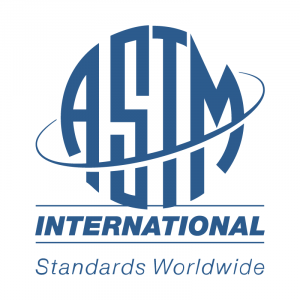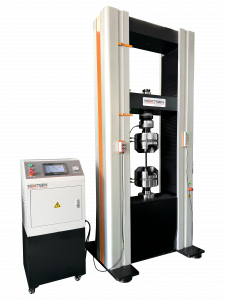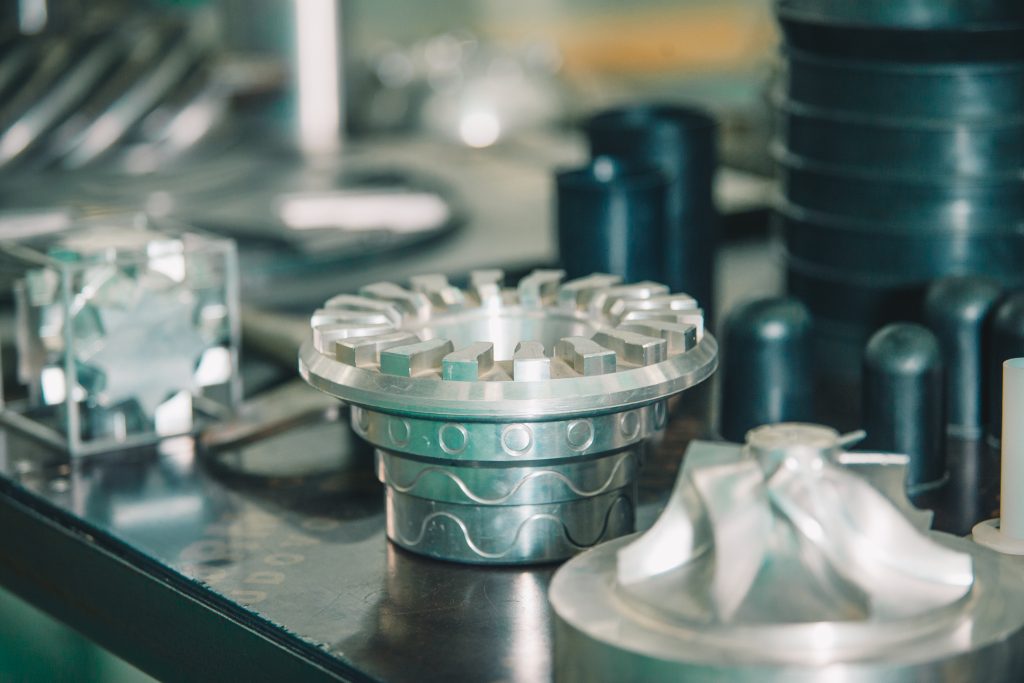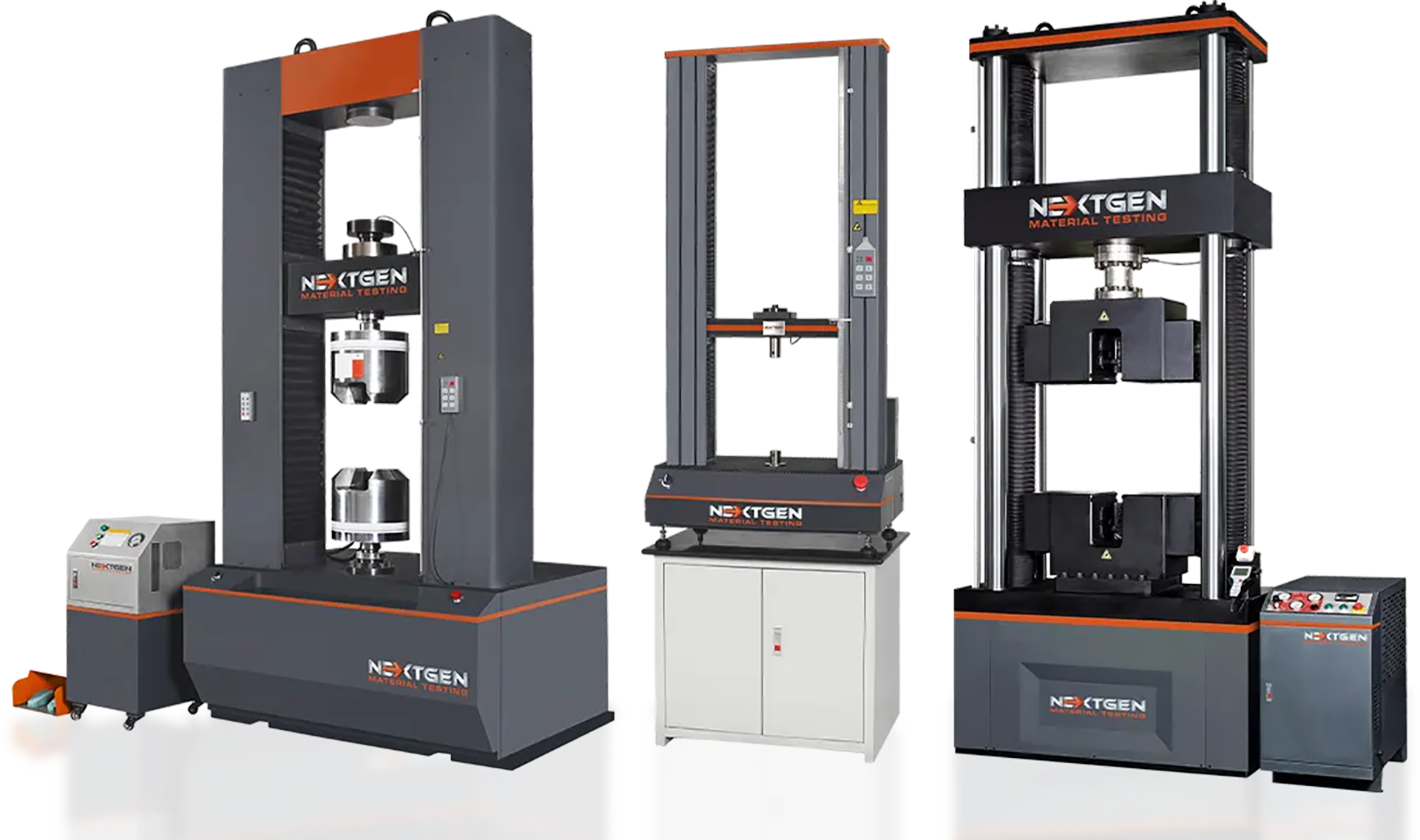Every laboratory and facility in the material testing industry is perpetually trying to maintain a competitive edge. Each laboratory seeks to surpass its competitors in terms of operational errors, improved client reporting, higher testing accuracy, or faster turnaround times. But beyond efficiency, there is one critical foundation that no serious lab can ignore: compliance with international testing standards.
The reliability, consistency, and acceptance of results throughout industries are guaranteed by standards. Among the most important of these is ASTM E4, a widely used standard in North America for verifying the accuracy of force measurement in equipment such as Universal Testing Machines (UTMs). Although prevalent in the United States and Canada, certain laboratories in other regions may question the necessity of this particular standard for their operations.
ASTM E4 is the main focus of this article, and we are going to discuss the importance of it. You will learn who needs it, what equipment it applies to, and how it compares to international standard ISO 7500-1. This guide will assist you in making well-informed decisions regarding long-term performance, quality, and compliance if you are engaged in material testing.
What Is ASTM E4 and What Does It Cover
 ASTM E4 is a recognised calibration standard that was developed by ASTM International. It specifies the process for verifying and calibrating the force measurement system of material testing machines, particularly UTMs that are used for tension and compression testing.
ASTM E4 is a recognised calibration standard that was developed by ASTM International. It specifies the process for verifying and calibrating the force measurement system of material testing machines, particularly UTMs that are used for tension and compression testing.
This standard is applicable to static and quasi-static equipment, which are machines that apply a steady or gradually increasing force. It is inapplicable to machines that conduct impact or high-speed testing. The primary objective of ASTM E4 is to verify that the machine’s force readings are precise and traceable to the International System of Units (SI), typically through national metrology institutes like NIST.
The force verification process is the primary focus of ASTM E4. It is not a performance specification for the purpose of purchasing new equipment. Rather, it guarantees that your existing machine continues to produce accurate force readings over time. The calibration refers to the force indicator, the load cell, and the measurement recording system.
The following machines are typically classified as ASTM E4:
-
Universal Testing Machines: Used for tensile and compression testing of metals, polymers, composites, and more.
-
Compression Testing Machines: Often used for testing concrete cylinders, masonry blocks, and other structural materials.
-
Force Test Frames: Used in low-force or component-level testing, including packaging, electronics, or medical devices.
Hydraulic Load Frames: Typically used in civil and geotechnical testing for soil, rock, and large concrete samples.
Proof Load Machines: Designed for testing bolts, fasteners, lifting equipment, and structural components under known loads.
-
Manual and Motorized Force Testers: Used in laboratory and production settings where controlled loading is required.
-
Custom Load Systems: Any machine that applies a known force and reports a force value for testing purposes.
The machine’s output is compared to a certified reference during calibration. The machine satisfies the ASTM E4 requirement if the error remains within the acceptable limit, which is typically ±1% of the applied force.
Why ASTM E4 Compliance Matters
It is required to calibrate a universal testing machine in compliance with standards like ASTM E4 if you want to generate traceable and valid test results. As we mentioned, the standard defines a stringent requirement: force measurements must be precise to within ±1%. This level of precision is essential in  material testing methods, including ASTM D638 for plastics and ASTM C39 for concrete. If calibration is not verified, results may be rejected, resulting in non-compliance, re-testing, or delays.
material testing methods, including ASTM D638 for plastics and ASTM C39 for concrete. If calibration is not verified, results may be rejected, resulting in non-compliance, re-testing, or delays.
In certified environments, ASTM E4 is also required. Laboratories that operate under ISO/IEC 17025, ISO 9001, or NADCAP have to demonstrate that their equipment is calibrated using recognized reference methods. The documentation required to pass audits and maintain accreditation is provided by a machine that has been verified under ASTM E4.
In practical terms, calibration safeguards your operations. Inaccurate results may result from an uncalibrated UTM that drifts over time. Weak materials may be permitted to pass if the machine fails to accurately report the force. Strong materials may fail if they are overreported. Cost and risk are associated with both outcomes. This is prevented by ASTM E4 calibration, which detects and rectifies such errors.
Additionally, a traceable record is established through force verification. The calibration certificate displays precise error values at various force points, with references to national standards such as NIST. This instills confidence in your clients and serves as evidence of the accuracy of your inspections.
Small measurement errors can have significant repercussions in industries such as aerospace, automotive, construction, and medical devices. ASTM E4 calibration is a cost-effective method for safeguarding product quality, following to technical standards, and avoiding those risks.
Who Needs ASTM E4 Calibration
For any organization that uses force measurement in material testing, ASTM E4 calibration is a necessity. A properly calibrated machine is frequently a must, rather than an option, when conducting research, guaranteeing product quality, or complying to regulatory standards.

Testing laboratories are among the primary users of E4-calibrated machines. This covers academic institutions, R&D departments, quality control labs, and third-party testing facilities. In order to preserve their ISO/IEC 17025 accreditation and provide dependable results, laboratories that conduct tensile, compression, or flexural testing must conduct routine machine verifications.
Manufacturing companies—especially in aerospace, automotive, and heavy industry—use UTMs to qualify raw materials and finished components. In order to satisfy internal quality standards and pass supplier audits, these organizations frequently require E4 calibration. Many procurement teams mandate that any newly installed UTM either possess a current ASTM E4 certificate or be eligible for on-site calibration.
Material producers such as steel mills, polymer processors, and aluminum manufacturers use calibrated testing machines to certify product performance. Clients frequently request confirmation that the testing was conducted with equipment that adheres to ISO 7500-1 or ASTM E4.
This requirement includes laboratories for civil engineering and construction. E4 calibration is a critical component of daily operations and assures compliance with ASTM C39, ASTM C78, and similar methods, as it is frequently referenced in concrete, asphalt, and reinforcement testing standards.
Finally, UTM manufacturers and calibration service providers must comply with ASTM E4 when constructing, verifying, or maintaining testing systems. E4 calibration is frequently included in the delivery of new machines by reputable suppliers.
Key Differences and Practical Applications of ASTM E4 and ISO 7500-1
UTMs are subject to two widely recognized standards for verifying their force accuracy: ASTM E4 and ISO 7500-1. In practice, they are frequently regarded as technically equivalent, as both have been created to guarantee traceable, dependable test results. The following is a structured comparison that delineates the differences between the two:
1. Recognition and Purpose
-
ASTM E4: The force verification process for UTMs in tension and compression testing is defined by this standard. It is the preferred standard in North America and is widely accepted in global supply chains that are connected to ASTM-driven sectors.
-
ISO 7500-1: Serves the same purpose, but is more frequently cited in Europe, Asia, and regions that comply with ISO-based frameworks.
2. Requirements for Precision
-
ASTM E4: A consistent accuracy of ±1% over the verified range is required.
-
ISO 7500-1: Provides a variety of classes, including:
-
Class 1.0 is equivalent to ASTM E4 and is defined as ±1.0%.
-
±0.5% is the value of Class 0.5, which is often used in high-precision environments.
-
Note that ASTM E4’s single-tolerance approach simplifies compliance and prevents confusion, despite the fact that ISO permits multiple classes.
3. Procedure and Methodology
-
ASTM E4:
-
Makes use of traceable reference standards, such as calibrated load cells and dead weights.
-
Includes repeatability checks and accepts a range of valid methods
-
Provides greater adaptability in the manner of calibration, which is advantageous to laboratories of all sizes.
-
ISO 7500-1:
-
Necessitates a set of fixed force points
-
Tests for reversibility and uncertainty are included.
-
Requires formal uncertainty calculations for certification.
4. Reporting and Documentation
-
ASTM E4: Calibration certificates display the verified range and conformance to ±1%, with references to national standards such as NIST.
-
ISO 7500-1: Certificates specify the accuracy class, verified range, and expanded uncertainty values.
5. Regional and Global Applications
-
ASTM E4 is a standard that is commonly used in North America and is a prerequisite for many ASTM-specific test methods, including ASTM D638 and ASTM C39. Calibration to ASTM E4 is frequently anticipated or contractually mandated for suppliers located outside of North America who provide services to clients in the United States.
-
ISO 7500-1 is frequently implemented in international projects, particularly when used with ISO-based quality systems.
6. Frequency of Calibration
-
Under normal conditions, both standards suggest that calibration be performed annually.
-
In high-risk or high-precision environments, ISO 7500-1 might need more frequent recalibration.
-
After relocation, repair, or failed verification, both requires recalibration.
Both ASTM E4 and ISO 7500-1 deliver high levels of force verification quality. Nevertheless, ASTM E4 continues to be a highly respected and trusted standard, particularly in sectors that are subject to ASTM testing procedures. It is an exceptional option for organizations that are in search of dependable and acknowledged calibration practices due to its robust adoption in North American industries, adaptable methodology, and unambiguous accuracy requirement.
Calibration to both standards may be beneficial for organizations that operate internationally; however, ASTM E4 alone is frequently adequate for many high-performance and regulated environments.
Getting Certified to ASTM E4 Made Simple with NextGen
At NextGen Material Testing, we recognize the importance of maintaining trust, passing audits, and delivering consistent test results through guaranteeing accurate force measurement and compliance with industry standards. This is the reason we provide comprehensive support for ASTM E4 and ISO 7500-1 certification, which applies to both our own testing systems and third-party equipment that is currently in use.
 We prioritize ASTM E4 compliance, particularly for laboratories and manufacturers that operate in North America or operate under ASTM-based testing standards. The entire calibration and certification process is facilitated by our team to make sure that your UTMs, load cells, and force frames satisfy the ±1% accuracy criteria specified in ASTM E4. This covers all documentation, traceability, and assistance with audit preparation.
We prioritize ASTM E4 compliance, particularly for laboratories and manufacturers that operate in North America or operate under ASTM-based testing standards. The entire calibration and certification process is facilitated by our team to make sure that your UTMs, load cells, and force frames satisfy the ±1% accuracy criteria specified in ASTM E4. This covers all documentation, traceability, and assistance with audit preparation.
We also offer comprehensive support for ISO 7500-1 calibration, which includes Class 0.5 and Class 1.0 accuracy levels, for facilities that operate in international environments or necessitate more detailed classification. Our ISO-accredited partners guarantee that your calibration procedures are professionally documented and fully traceable, regardless of whether you are required to meet the requirements of ISO/IEC 17025, NADCAP, or ANSI/NCSL Z540-1.
Our services are accessible in a diverse array of industries, such as aerospace, automotive manufacturing, industrial material analysis, and metallurgical testing. No matter the standard or equipment type, we assist you in obtaining dependable test data and consistent compliance through our network of trusted calibration experts and years of experience.
NextGen is prepared to provide you with dependable certification support, including ASTM E4, ISO 7500-1, and beyond. To discuss your calibration and compliance requirements, please request a quote or contact us directly.
Guaranteeing the Confidence of Each Test Through Verified Calibration
The quality, safety, and reliability of your results are directly influenced by the accuracy of your universal testing machine, regardless of whether you manage large-scale industrial inspections or operate a small testing lab. ASTM E4 continues to be a widely accepted and trusted standard for verifying force accuracy, particularly in North America and among industries that comply with ASTM-based protocols. ISO 7500-1 offers organizations that operate globally complementary structure and classification options, particularly for high-precision applications.
In addition to protecting your operations from costly errors and fostering trust in your data, the calibration of your equipment to these standards assures that you meet regulatory and audit requirements.
At NextGen Material Testing, we simplify the certification process by providing expert guidance and access to ISO-accredited calibration partners. Our team is prepared to provide the precision and professionalism necessary to support your objectives, regardless of whether you need to comply with ASTM E4, ISO 7500-1, or both.
Please reach out to us by requesting a quote to discuss your calibration requirements with our team.

